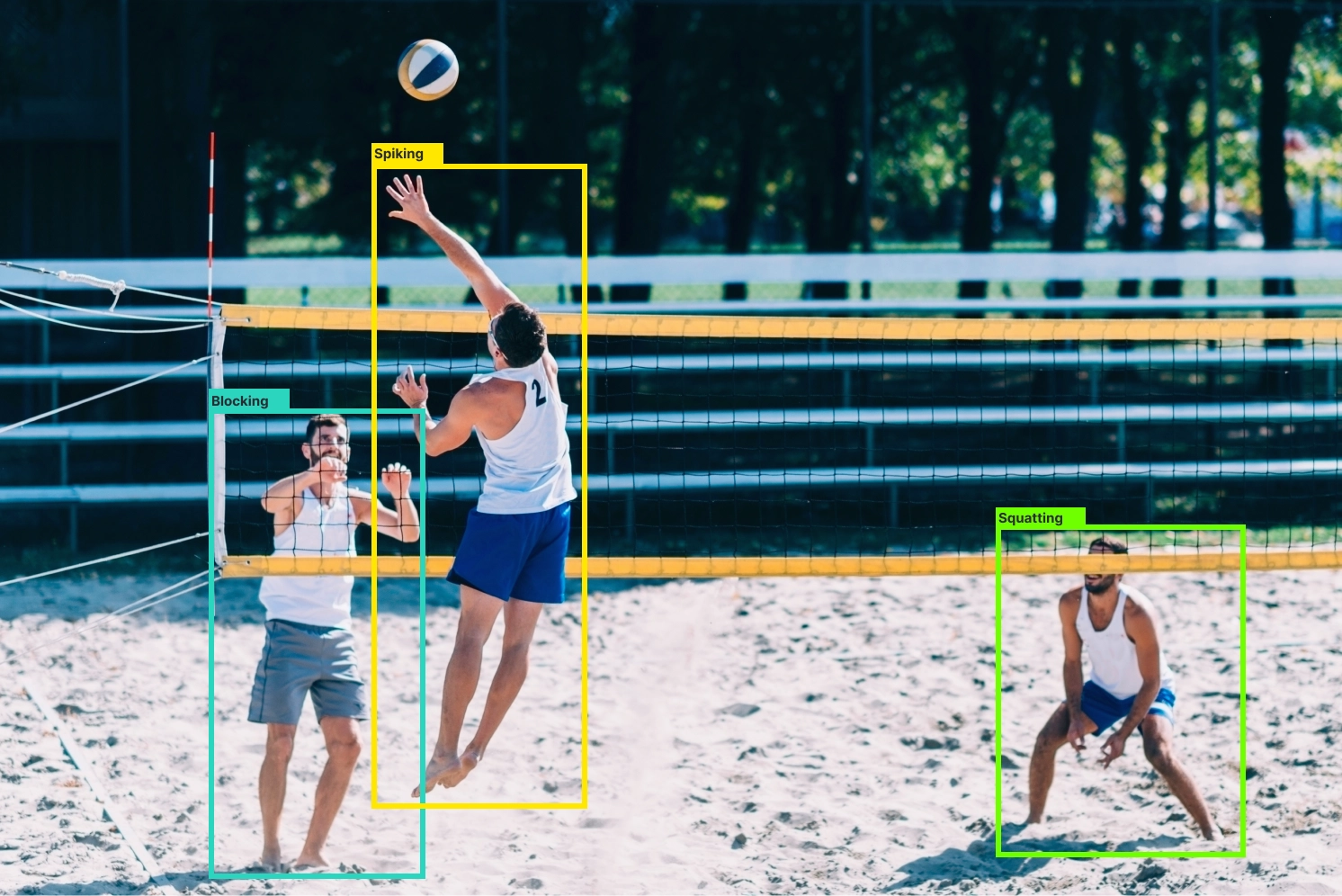
Why You Need Activity Recognition
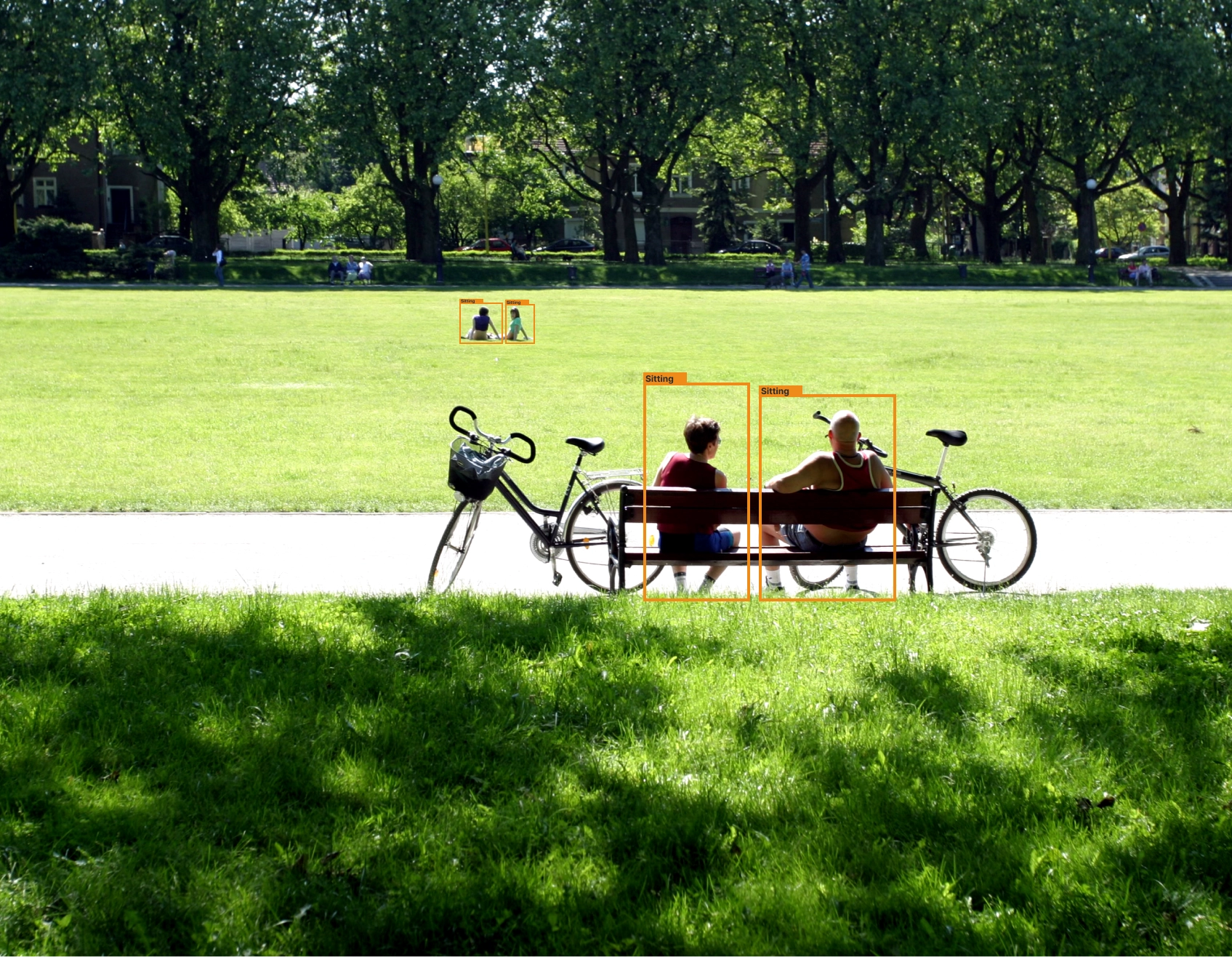
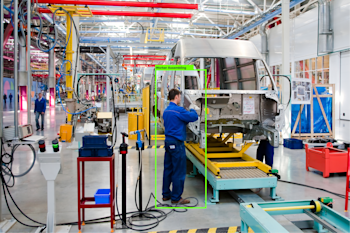
Process/Assembly line monitoring
Analyze worker interactions with machinery and materials and detect if workers have difficulty accessing tools, materials, or controls to minimize unnecessary bottlenecks or delays.
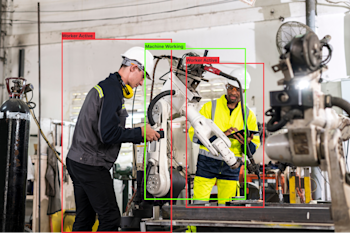
Robot and Automation Monitoring
Monitor robot and human interactions in real-time to ensure safety and maximize productivity.

Customer Behavior Analysis
Track customer movement patterns throughout stores to optimize store layout, product placement, and identify areas with high customer dwell time.
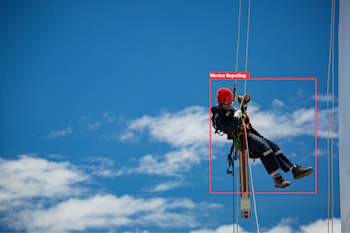
Safety monitoring
Ensure safety procedures and processes are met by tracking PPE usage, proper machine usage, movements in hazardous or restricted areas, and more.